Fiscal stability of communities: Overview of the forum in Zhytomyr
Zhytomyr hosted the Interregional Forum, ‘DBU-2026 Project: Analytics, Challenges, and Opportunities for Communities’, held at the Digital Innovation Hub of Polissia National University. The event was organised by the Polaris programme ‘Supporting Multilevel Governance in Ukraine’ in cooperation with the All-Ukrainian Association of Local Governments ‘Association of Amalgamated Territorial Communities’. The Forum brought together representatives from local governments, fiscal decentralisation experts, academics, and stakeholders involved in the budget process.
Vitalii Bunechko, Head of the Zhytomyr Regional Military Administration, opened the Forum. He emphasised the importance of strengthening community capacity in the context of ongoing decentralisation reform, and called for close cooperation between the state and local authorities.
‘Our main task today is to strike a balance between wartime challenges, the need to provide basic services to the population, continuing reconstruction efforts, and supporting the Ukrainian Armed Forces and our veterans,’ said Vitalii Bunechko.
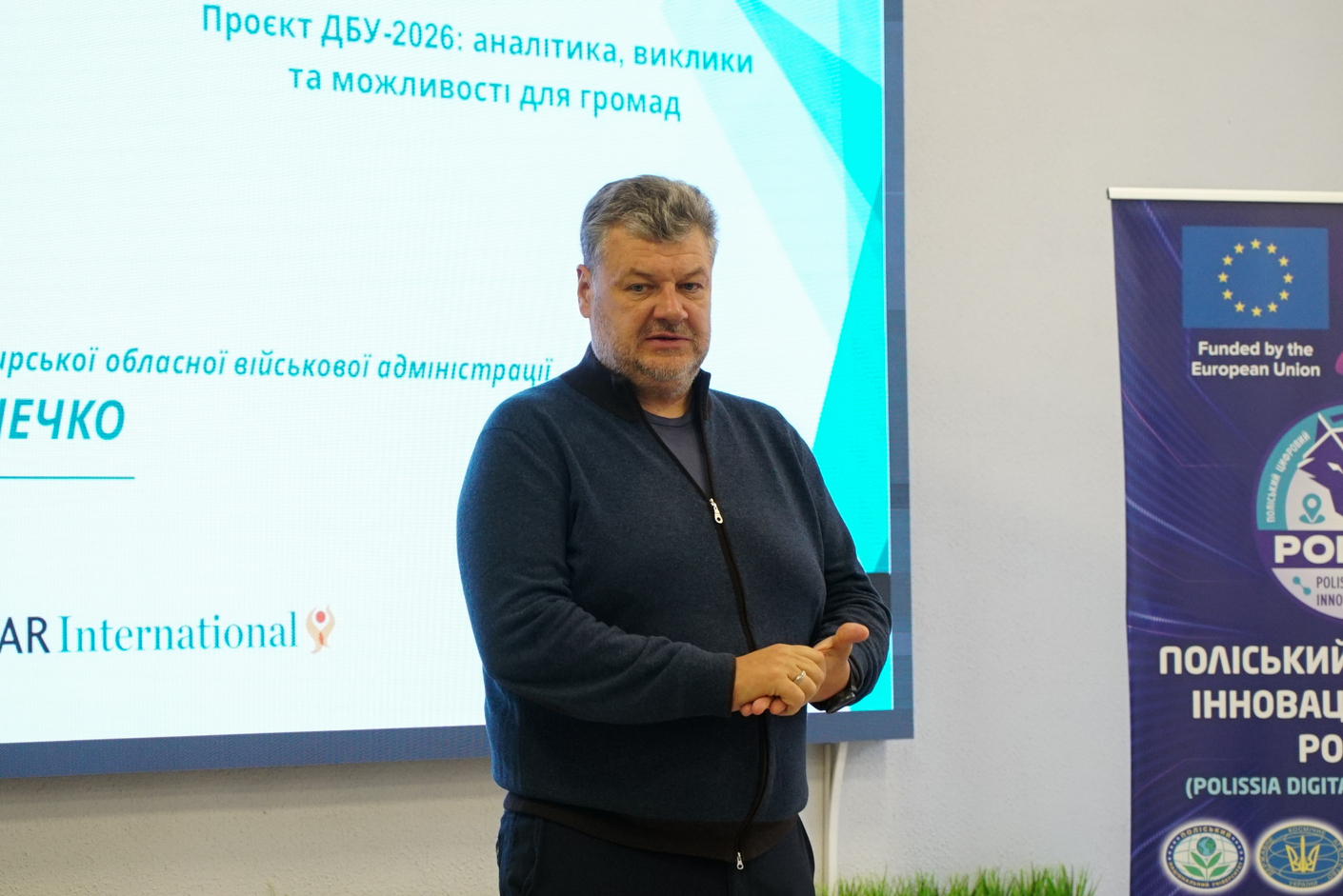
‘Despite unprecedented defence spending, the state is finding ways to finance areas that are important to communities. For instance, transfers from the state budget to the Zhytomyr region have increased by almost UAH 1 billion compared to last year. Most of these subsidies are directed towards the education sector. Great attention is also being paid to supporting veterans and their families, developing the healthcare system, and restoring infrastructure.’
According to him, synergy between the state, regional authorities, communities, and businesses has allowed for positive dynamics in local budget revenues. Over the past nine months, these revenues have grown by almost 20 per cent.
Viktor Nazar, Director of Administration at the Zhytomyr Regional Council, greeted the participants and emphasised that all efforts must be directed towards victory, ‘I am grateful to the communities that understand our priorities and co-finance many projects with the regional council. We need to develop partnerships and foster mutual understanding between all branches of government.’
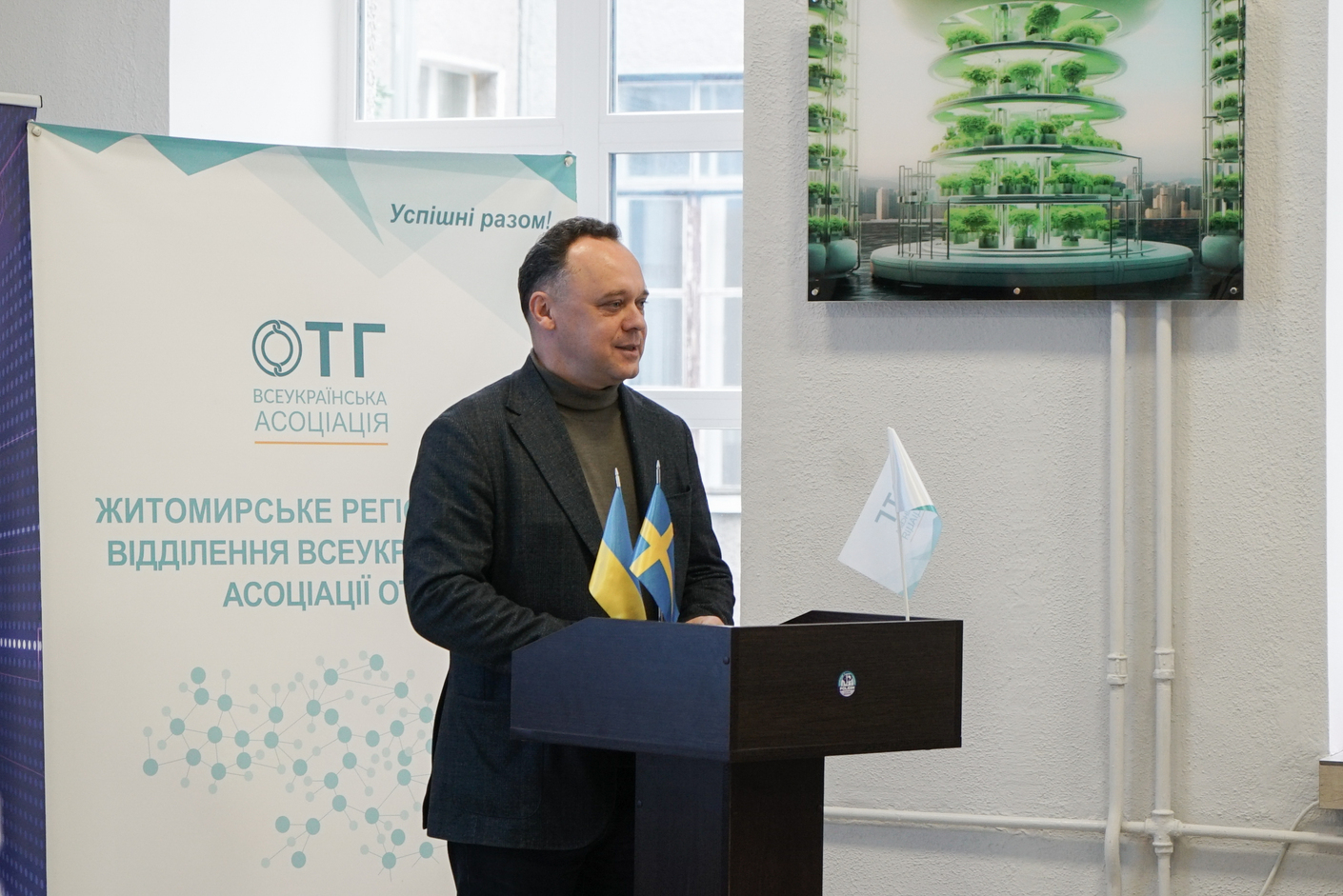
On behalf of the All-Ukrainian Association of Amalgamated Territorial Communities, Ivan Korud, Mayor of Ovruch and Head of the Zhytomyr Regional Branch of the Association, greeted the participants. He noted that communities recognise the priority of supporting the Ukrainian Armed Forces. He also emphasised the importance of the central authorities taking into account the many tasks that local governments have in the fields of education, healthcare, and social policy, and ensuring that they are provided with adequate financial resources to implement these properly.
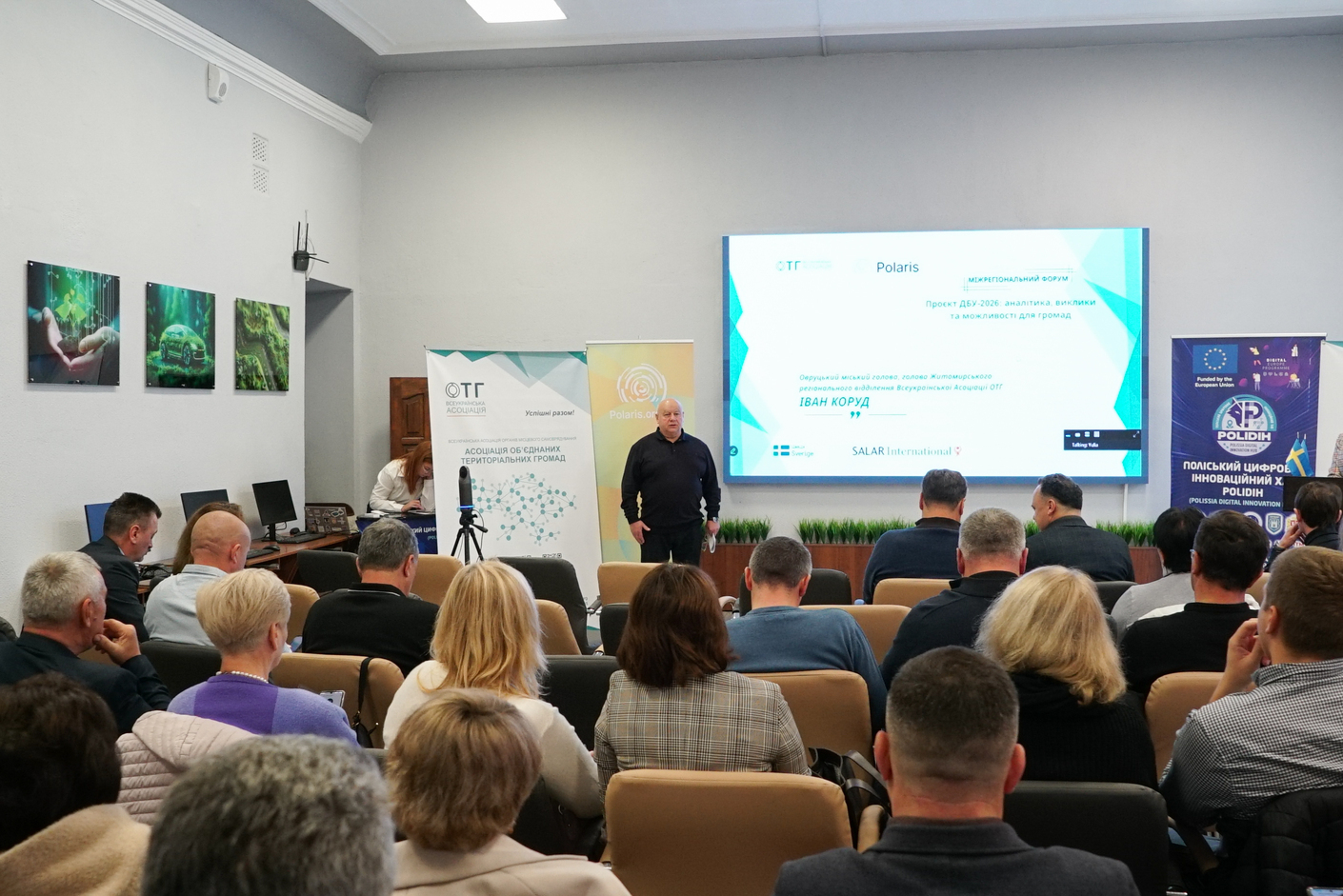
Mariia Lukianova, Team Leader of the Fiscal Decentralisation Unit of the Polaris Programme, also addressed the participants. She emphasised that establishing constructive dialogue between communities and central authorities is essential for the effective management of resources in wartime.
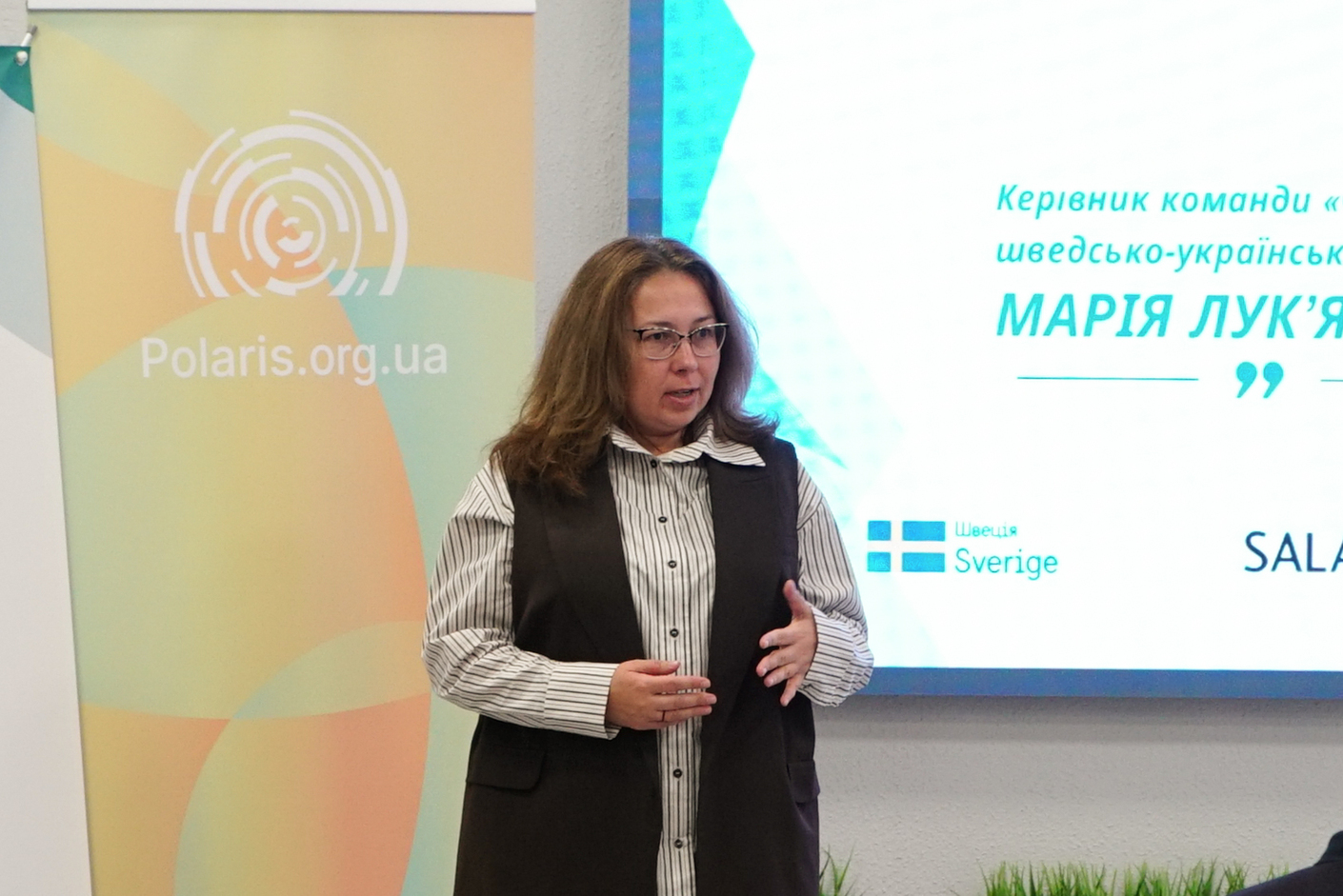
‘Due to the ongoing war, communities face new challenges every day, particularly in terms of budgetary support. The Polaris programme supports multi-level dialogue to help find joint solutions and ensure the stability of local government fiscal revenues during these difficult times,’ said Mariia Lukianova.
Now more than ever, it is crucial to foster close collaboration between the central government, regional administrations, and local authorities. Only through joint efforts can we respond effectively to challenges, make quick decisions and meet people’s needs at the local level. Coordinated work at all levels of government enables the state to strengthen its defence capabilities, support the economy, help communities to recover, and create a united front of resilience – from the capital to every village and city in the country.
During the first panel, participants discussed projected local budget revenues and expenditure, how to attract own revenues, and tools for optimising expenditure. Representatives of central authorities and fiscal experts drew attention to the risks and challenges communities may face.
Mykola Rubchak, Director of the Multilevel Governance Department at the Ministry for the Development of Communities and Territories of Ukraine, noted that the Ministry supports the proposal to strengthen the fiscal capacity of local self-government and allocate funds for this purpose in the budget. The relevant proposals were sent by the Ministry during the preparation of the draft State Budget for 2026.
‘The Ministry has developed a draft law on the delineation of powers between state authorities, executive bodies, and local self-government. This draft law is currently being discussed and finalised. We support the initiative associations to grant communities additional powers to administer local taxes, as they have the best knowledge of their territory. However, discussions with the tax service on this issue are still ongoing,’ said Mykola Rubchak.
Yuliia Podiuk represented the Department for the Implementation of Priority Regional Development Projects and Critical Infrastructure of the Ministry for Development. She discussed legislative changes to public investment management reform, as well as the programmes and projects for which the Ministry is the main administrator of funds.
‘This year, the State Fund for Regional Development is operating under a transitional model. Next year, the State Fund’s resources will be allocated to medium-term plans for priority public investments. Only investment projects included in the Unified Project Portfolio of Public Investments and part of these plans will be eligible for State Fund financing. The procedure for using these funds will change,’ commented Yuliia Podiuk.
Tetiana Arseniuk, Deputy Executive Director of the All-Ukrainian Association of Amalgamated Territorial Communities and moderator of the event, thanked the representatives of the Ministry for taking the AAATC’s proposals into account in the Action Plan for the implementation of the State Strategy for Regional Development 2021–2027, approved by Order No. 1047-r of the Cabinet of Ministers of Ukraine dated 25 September 2025, for the period 2025–2027. The Plan has been supplemented with the following measures: granting additional powers to local governments to administer local taxes and fees in accordance with decisions adopted by the local council, and improving the administration of local taxes and fees by introducing digital tools. Communities are interested in increasing their own revenues as this provides a resource for developing territories, financing social and infrastructure projects, and providing quality services to residents.
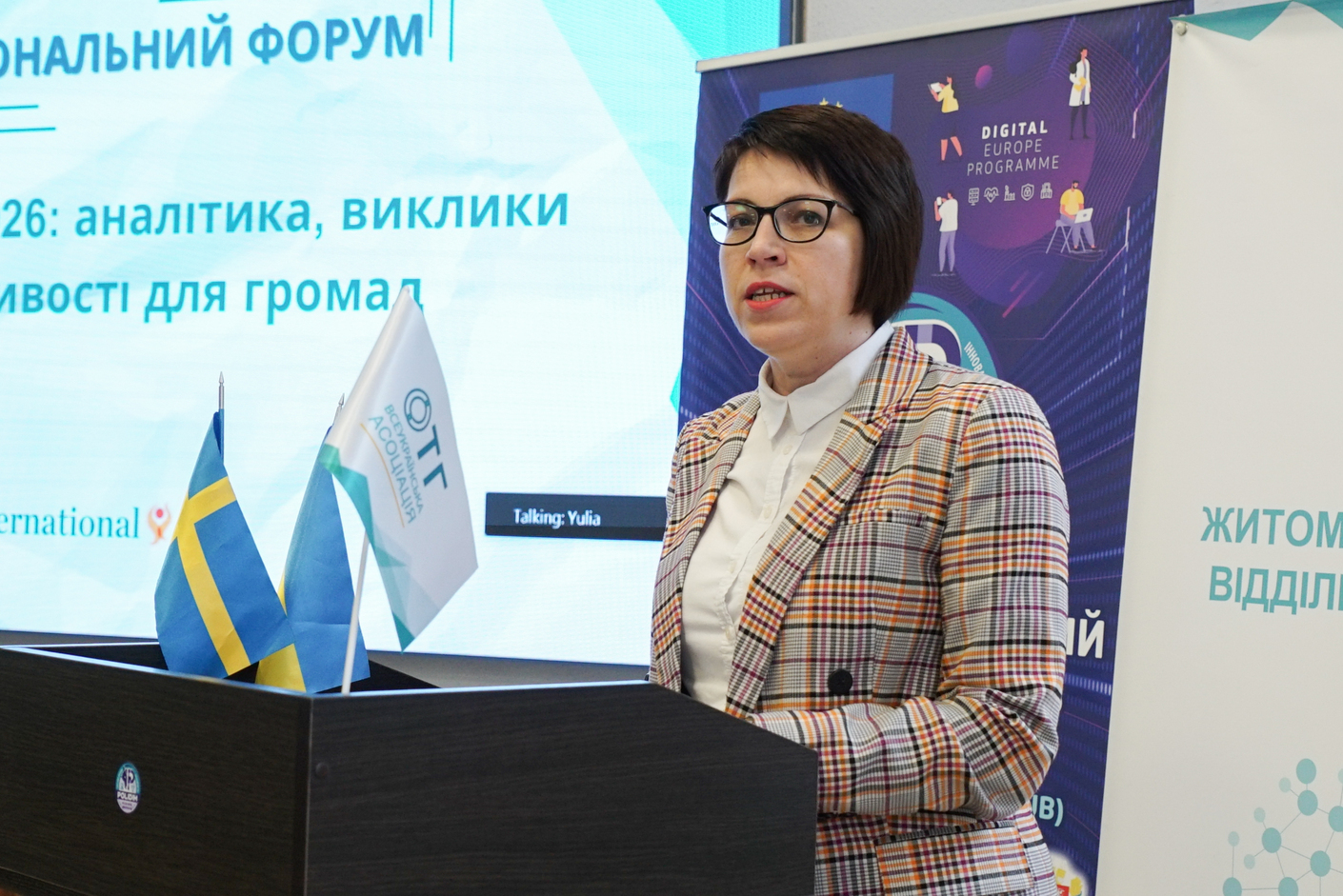
Ihor Onyshchuk, the Polaris Programme fiscal expert, drew the participants’ attention to the key risks and opportunities for local budgets in the draft State Budget for 2026. He analysed the role of personal income tax in shaping the revenue base of communities in detail and emphasised the importance of maintaining the stability of local finances amid the extremely challenging conditions of war. According to the expert, 78 per cent of inter-budgetary transfers in the draft State Budget for 2026 remain unallocated, which makes it challenging for communities to forecast their local budgets with any degree of accuracy. This contradicts the Budget Code and poses risks to communities.
Meanwhile, Ihor Onyshchuk proposed permanently fixing a value added tax (VAT) of 3 per cent for local budgets, with 1 per cent going to regional budgets and 2 per cent to community budgets. He believes that this approach will contribute to diversifying the revenue base of local self-government and reduce excessive dependence on personal income tax. It would also encourage communities to support the development of business, tourism, and trade. This initiative could be implemented as part of the revision of powers and fixed revenues, in line with European approaches to establishing a system of interbudgetary relations.
‘The draft State Budget for 2026 stipulates that the ‘military’ personal income tax is to be distributed as follows: 60 per cent will go to the Ministry of Defence, 30 per cent to the State Special Communications Service and 10 per cent to military units of the Armed Forces of Ukraine, proportionate to the tax paid,’ said Ihor Onyshchuk.
Ihor Herasymchuk, the expert of the Fiscal Decentralisation team of the Swedish-Ukrainian Polaris programme, has analysed in detail the mechanism for the horizontal equalisation of tax capacity in local budgets for 2026. Next year, the number of subsidised communities will increase, as will their dependence on state transfers and reverse subsidies, which flow from stronger to weaker local governments.
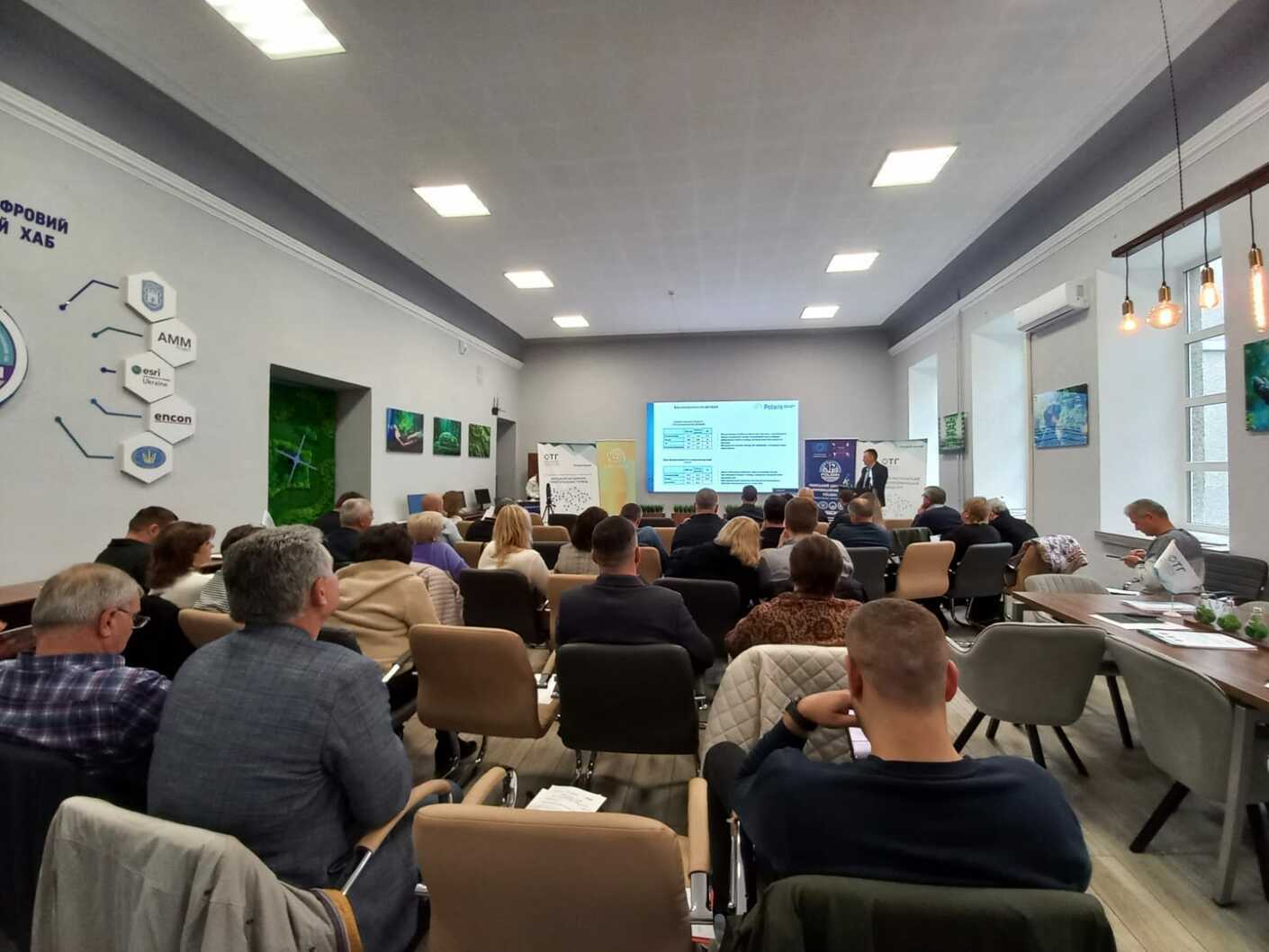
Vasyl Koval, head of the Local Budgets and Finance Platform of the AAATC and Mayor of Pidberiztsi, outlined the main challenges faced by communities under martial law. He emphasised the importance of increasing local government revenues, as communities are missing out on funds due to the ineffective administration of local taxes. Vasyl Koval also summarised the platform’s achievements, presenting proposals for the draft State Budget for 2026 that had been formulated by members of the Association’s Board and sent to all interested stakeholders.
The second panel discussion focused on analysing the local budgets of communities in the Zhytomyr region. Key topics included uneven revenues from national taxes, the need for investment and increased funding for critical infrastructure. The participants discussed ways to solve current problems by establishing partnerships, creating support tools, and attracting additional resources.
Viktor Ventsel, Director of the Finance Department of the Zhytomyr Regional Military Administration, opened the second panel and reported on the implementation of local budgets in the Zhytomyr region. ‘The general fund of local budgets for the January–September period of 2025 received UAH 10.1 billion, which is UAH 1.7 billion more than in the previous period. The largest expenditure was directed towards the education sector, totalling UAH 6.8 billion (56.2 per cent). As part of the public investment management reform, an expert review and analysis of local council decisions was carried out. Local budget forecasts for 2026–2028 were compiled for 45 local budgets, taking the volume of public investments into account. However, for 21 local budgets, the forecasts were compiled without taking this into account,’ said Viktor Ventsel.
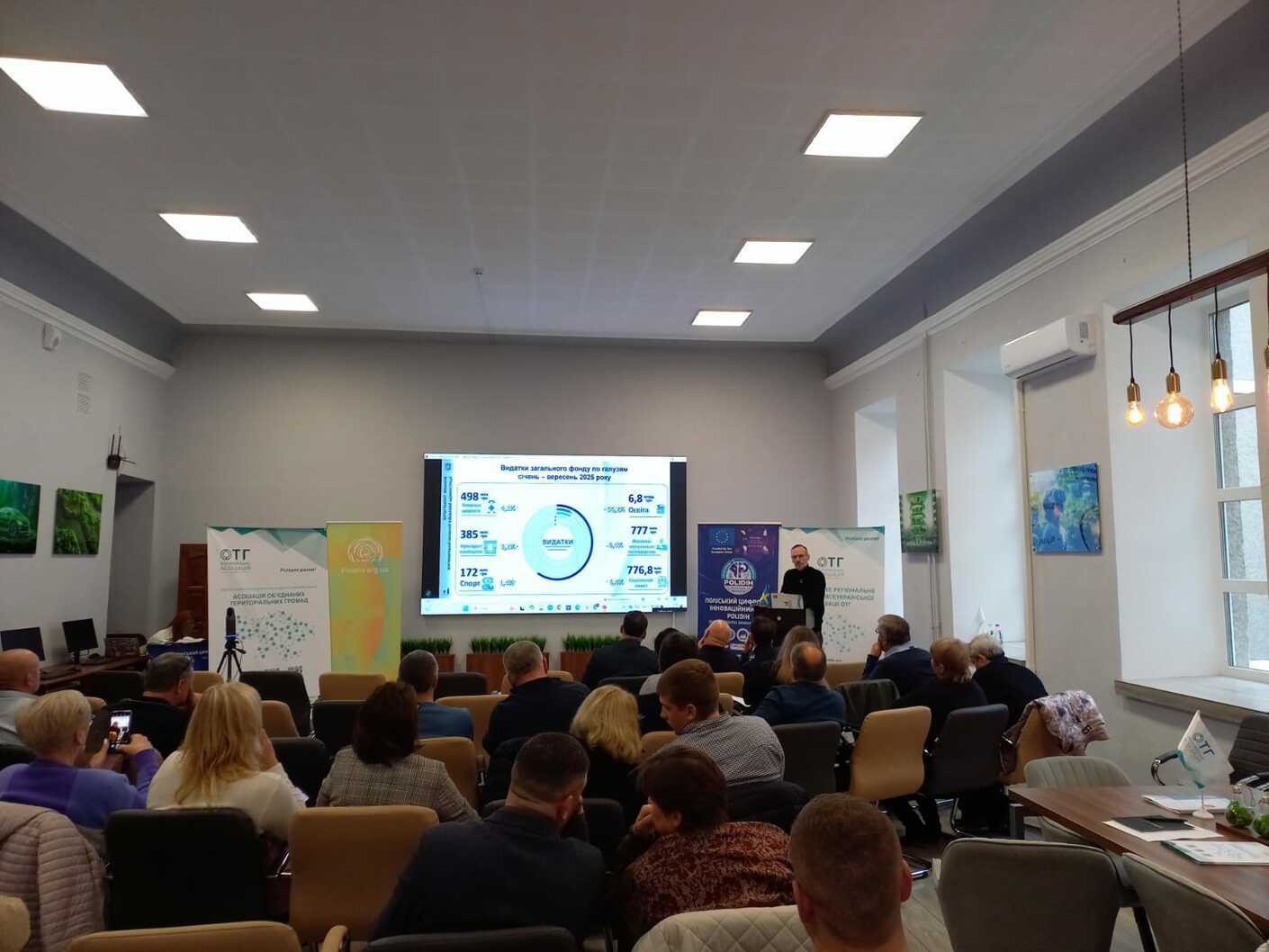
He also mentioned that the Department of Finance at the Regional State Administration regularly reviews local budgets based on 13 indicators that define the fiscal capacity of communities. He then presented the corresponding ranking according to these parameters.
Viktor Hradivskyi, Deputy Head of the Zhytomyr Regional Military Administration, emphasised that making effective use of budget funds is still one of the key tasks. According to Mr Hradivskyi, the utilisation rates for certain subsidies remain very low. In particular, the subsidy for providing housing for family-type children’s homes is underutilised. This issue requires greater attention from communities and executive authorities.
The participants in the discussion then moved on to analyse the implementation of local budgets in communities in the Zhytomyr region between January and July 2025.
Ihor Onyshchuk, the Polaris Programme expert, presented the dynamics of revenues and expenditure, as well as outlined the key trends in communities’ fiscal capacity.
He noted that the revenues of the general fund of local budgets in the region had increased by more than 23 per cent compared to the same period last year, despite wartime conditions. Taking inflation into account, the increase was around 5–8 per cent, which indicates a gradual recovery of economic activity at the local level. City budgets showed the highest growth rates, whereas rural and settlement budgets remained more vulnerable to revenue fluctuations.
Traditionally, the main source of local budget revenues remains personal income tax (PIT), accounting for almost 60 per cent of the region’s consolidated budget revenues. However, the expert stressed that excessive reliance on PIT poses a medium-term risk of financial instability.
Ihor Onyshchuk also drew attention to the significant differences in fiscal capability between communities in the region. Per capita income growth in 2025 ranged from 22 to 35 per cent, highlighting the significant disparity between affluent urban areas and poorer rural communities. This unevenness underscores the necessity of enhancing horizontal equalisation mechanisms and bolstering state support for the affected communities.
The expert paid particular attention to expenditure dynamics, noting that the majority of funds are allocated to education, social protection, and the maintenance of critical infrastructure. As many communities experience a shortage of resources for development projects, it is even more important to find new sources of local budget revenue.
Ihor Herasymchuk, the Polaris Programme expert, drew the attention of those present to the issue of the stability of communities’ fiscal capacity in wartime, and to the need to improve horizontal equalisation parameters. He stated, ‘According to the analysis, more than 51 per cent of communities in the Zhytomyr region have a high and optimal level of fiscal capacity.’
Representatives of local governments in the Zhytomyr region took part in the discussion. Speakers included:
- Halyna Biletska, Mayor of Andrushivka;
- Mykhailo Filonenko, Mayor of Chopovychi,
- Serhii Romaniuk, Mayor of Yarun.
Local community leaders outlined the main challenges that local self-government faces, as well as proposals to strengthen the fiscal capacity of communities. Relevant issues include the allocation of 64 per cent of PIT to local budgets, the administration of local taxes and fees, road maintenance, and state budget compensation for subsidised transport. An additional challenge for communities this year was the reform of public investment management, as well as the formation of medium-term public investment plans and local project portfolios. A clear legislative definition is needed to distinguish between expenditures for the implementation of public investment projects and programmes, and ordinary capital expenditures.
The participants emphasised that such events provide an effective platform for discussing current issues, sharing experiences, joining forces, and finding practical solutions to support local self-government.
At the end of the Forum, the participants adopted a joint resolution outlining the key recommendations and proposals for the draft State Budget for 2026.
The Forum in Zhytomyr represented another step towards fostering mutual understanding between state and local government, establishing shared financial planning approaches, and supporting communities in 2026.
Source:
Всеукраїнська асоціація ОТГ
22 October 2025
НАЗК запрошує долучитися до Форуму доброчесності громад 2025
НАЗК запрошує долучитися до Форуму...
Національне агентство з питань запобігання корупції (НАЗК) за підтримки Програми «U-LEAD з Європою»,...
22 October 2025
Shostka community: When autonomy is not just a...
Mykola Noha, Head of the Shostka community, on the aftermath of Russian shelling, underground schools and hospitals,...
21 October 2025
Communities under pressure from war:...
Despite the war, Ukrainian communities are continuing to make progress: strengthening ties, seeking resources, and...
21 October 2025
Два роки навчалися онлайн. Як у Куликівській громаді відремонтували укриття і повернулися за парти
Два роки навчалися онлайн. Як у Куликівській...
Інна Кирик, директорка Горбівської гімназії (тоді це ще був ліцей), що на Чернігівщині, була призначена на...